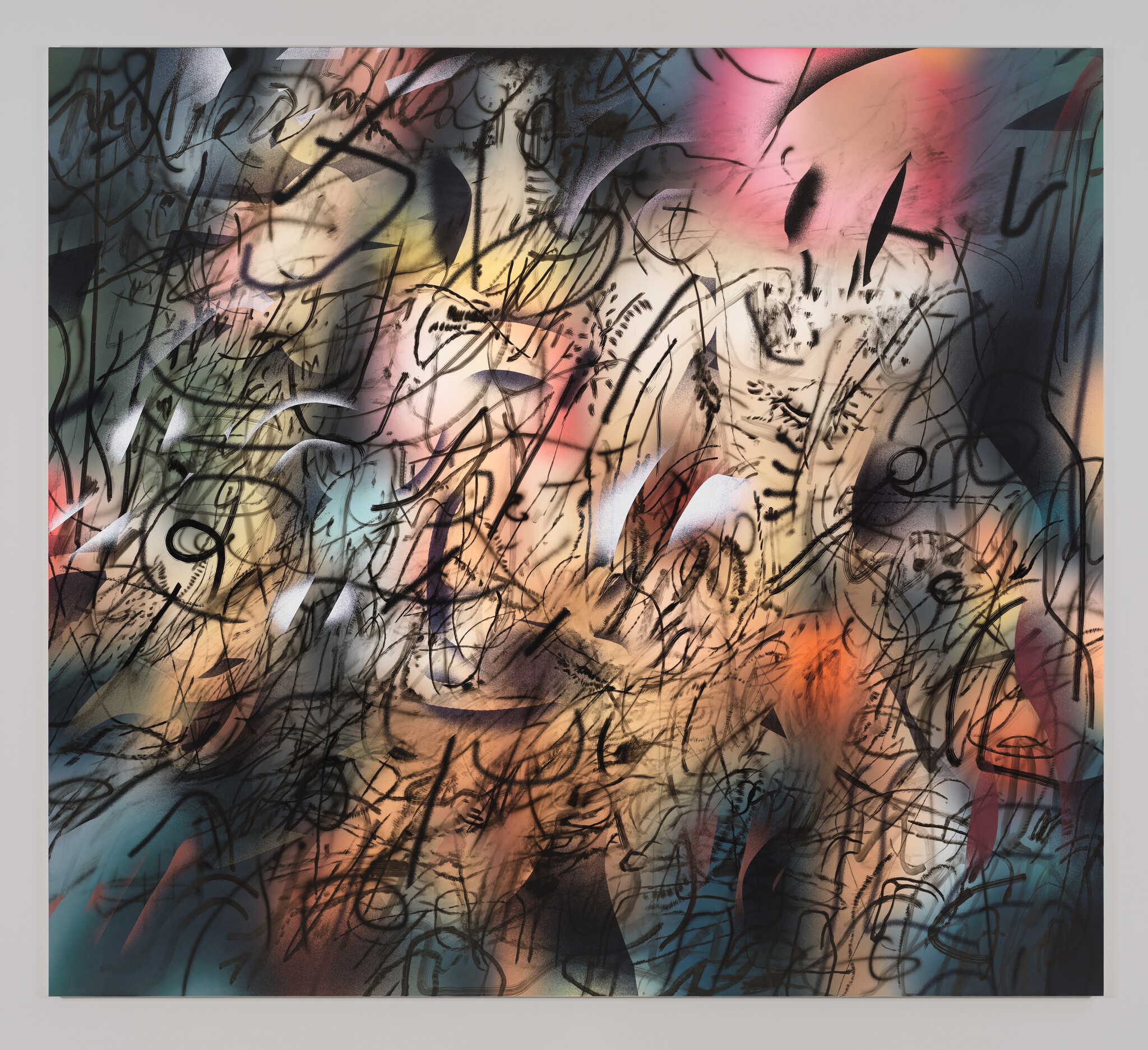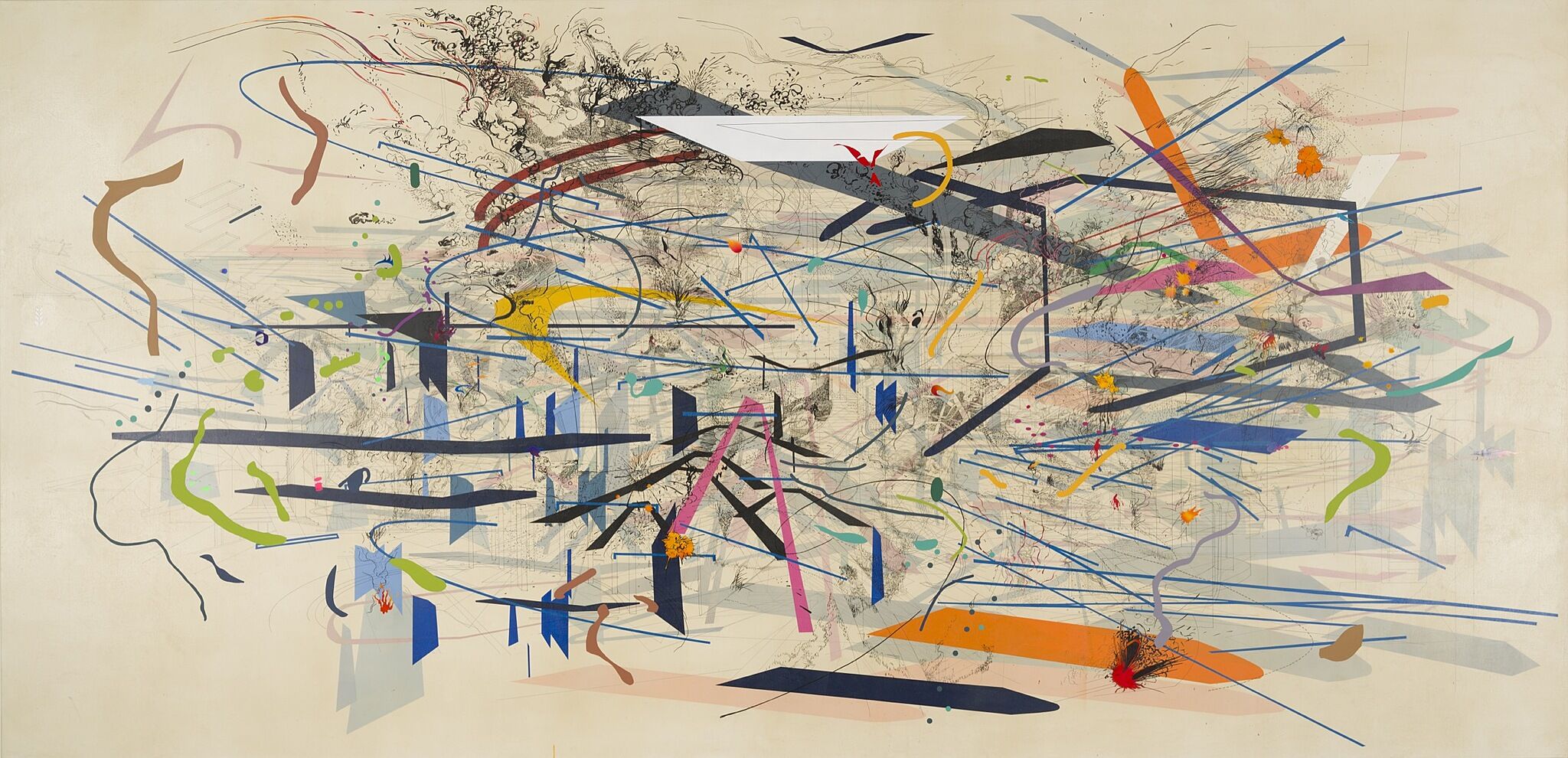Invisible Line (collective)
Mar 18, 2021
0:00
Invisible Line (collective)
0:00
Narrator: Mehretu painted Invisible Line soon after returning to New York from Berlin. She wanted to use painting to think about what it meant to be back in the United States—and the painting began as a meditation on racial division. Like Berlin, New York is a city with many layers and histories that bump up against each other in ways that are both complex and sometimes upsetting. But as she began working on Invisible Line—digging into her experience and understanding of New York—more global events also demanded her attention.
Julie Mehretu: As I continued to work on it, Tahrir Square exploded, and I had that on the television in my studio the whole time that I was working. The hand drawing in this was drawn during those eighteen days of occupation in the square by that social movement. In a way, it was very reflective of that time.
Narrator: Mehretu was especially attuned to events in Egypt because of its proximity to the country where she was born, Ethiopia.
Julie Mehretu: The revolution in Ethiopia and what happened in the aftermath of the revolution is the reason my family left Ethiopia, and the co-option of that revolution, and the co-option of what was happening during that revolutionary time.
But what happened in Tahrir Square, that immense kind of a social revolution by peaceful means, really by this massive form of a new sense of collective action in the city in that context was momentous, especially having grown up through, having been... not in exile but having had to leave Ethiopia because of this reality. And then having been witness to the evolution of the authoritarianism that really ran Egypt for so long. It was really profound for me to experience that at the same time as being here. And so in this way, it's this painting that's looking at almost three places of myself. It's a very dear painting to me in that sense.
In Julie Mehretu.


